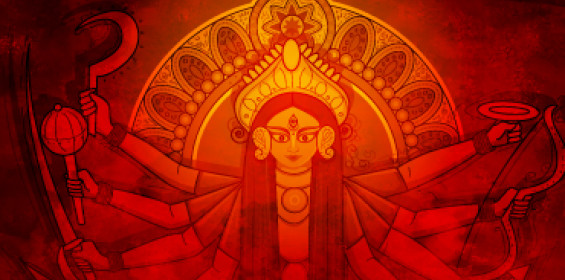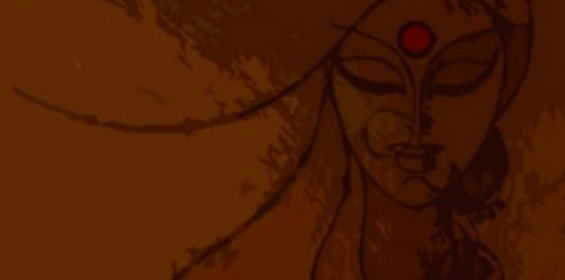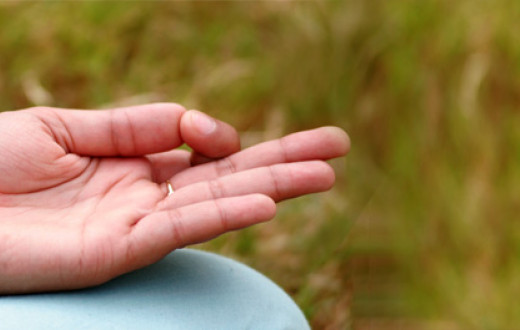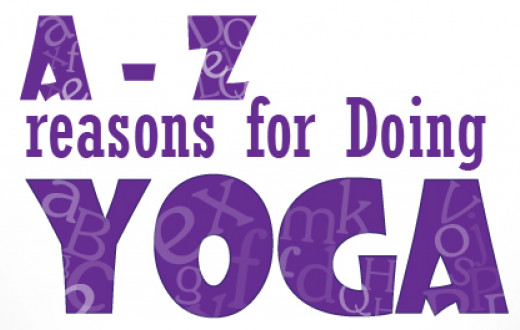Amazing facts about India.
India is a land where mathematics is coded into everything – from divinity to nature to knowledge to the Vedas and music.
Indian philosophy has embraced the concept of zero or shunya at one end of the spectrum to anantha, infinity, at the other end. The global spread of theses ideas allowed intellectuals around the world to further develop science.
Albert Einstein once said: “We owe a lot to the Indians who taught us how to count, without which no worthwhile scientific discovery could have been made.”
What are those revolutionary concepts? Bharath Gyan, a passionate research initiative, is painstakingly dotting the pieces together, foraging amongst lost remnants to keep the glorious past alive and known. Here are some lesser-known facts:

The power of zero
India gave the concept and symbol of zero to the world. Zero, etymologically, draws its origin from the Indian word, shunyam.
The Roman numerals had no shape, figure or letter for zero. The concept of zero was unknown to the Europeans until the 1500s. When it was first introduced in Europe in the early Renaissance period, everybody in Europe was confused about this number. Some ridiculed it, others called it the devil’s work. A French writer wrote, “Zero is a sign which creates confusion and difficulties.”
After much resistance, zero slowly started getting accepted. Another earlier evidence, in the form of a dot, was traced to a stone inscription dated 683 CE at Cambodia, originally reported in 1930 by the French researcher, Georges Coedes. It is one of the early visible evidences of use of zero in the form of a dot. This inscription stands as an evidence for the spread of the knowledge of zero eastwards from India.
Mutt & math
In India, the place where intellectuals gathered to ponder over the various problems of the universe, was called math (pronounced as mutt). This is very similar to the word mathematics which comes from the Greek word mathema, which means “what one learns”, “what one gets to know”. This word mathema is derived from manthano, mathaino which means “to learn”.Decimal system gets the world’s attention
Medhatithi was a 10th century commentator on the ancient Indian texts called the Puranas. He brought in the concept of decimal numbers. Aryabhata, a pioneering mathematician-astronomer, introduced an alphanumeric way to represent the 10 digits of the decimal system uniquely.

In the ancient Western world, the highest terminologies used in counting were:
* Myriad for the Greeks (10,000 i.e. 10 power 4)
* Mille for the Romans (1000 i.e. 10 power 3)
The Indians followed a rigorous system, Parardha, which is 10 followed by 15 zeroes or 10 power 16 was itself a common number.
The world began to hail India’s decimal system. Al-Khwarizmi, a mathematician from Baghdad who died in 850 CE, wrote the first book on arabic numerals called, “On Indian Numbers.” Here he described the Indian technique of calculation based on decimal notation numbers. This book was read by the medieval European mathematician Adelard who translated the book in the 12th century CE as “De Numero Indico.”
Al-Biruni, the Persian chronicler, in his work Kitab-ul-Hind authored in 1030 CE eulogized the Indian numeral system. He also gave an example of how a large number such as 523 622 198 443 682 439 would have been expressed in India. The description of this number would sound like a shloka but is a scientific text.
- A.L. Basham, noted historian & author of “The wonder that was India”
The concept of infinity
In India, a coiled snake, Anantha on which Lord Vishnu rests represents infinity. Anantha means, “that which is beyond measure, without any end.”
The drawing of Anantha was widely used in sculptures, paintings, poetry, literature, handicrafts and textiles, motifs all over in medieval India. India regularly exported textile goods called Indiene with the Anantha motifs to Arabia in 1415 and 1600s, which also travelled to Europe.
Coming across this drawing of Anantha on the textile motifs in 1655, John Wallis, the British mathematician, most probably derived the present mathematical symbol for infinity.
- Prof. Frits Staal, Professor Emeritus, University of California, Berkeley, USA
Our ancient sages mastered the secrets of the breath and the mind. In many ways, this is our heritage. Unlock these secrets in these modern times, and keep the legacy alive at The Art of Living Meditation and Breath Program.
Learn what our ancients knew about the mind and breath. They are all the remedies you will need. I'd like to know more>>
Everything and nothing is the same in Indian thought. Prior to the creation of the universe, the five primordial elements were inside the Hiranyagarbha, a bindu or dot, the mark of zero.
The moment the Big Bang, Brahmanda Visphotak took place, the Cosmic Egg blasted open and all the elements spewed out - from nothing to immeasurable infinity.
Everyday practices in India expounded the concept of infinity through prayers and rituals. Certain verses in the Satpataha Brahmana and Brihadaranyaka Upanishad spoke of the understanding of infinity. Infinity derives from infinity. If one takes away infinity from infinity, only infinity remains.
The encryption & coding expert
Over 2,000 years ago, Indians had already devised a way to link numbers and the alphabet system. The resultant was a code table called the Katapayadi Sutra wherein each alphabet, arranged in a particular array, is assigned a numeric value. The Katapayadi system can be traced to an early part of the first millennium CE.
The alphabets were strung in such a manner that by replacing each letter of the verse with its equivalent number, one could retrieve the number hidden within the verse.
For example, consonants in the verse,
“Gopi bhagya madhuvrata, shrngiso dadhi sandhiga, khala jivita khatava, gala hala rasandara.”
Can be decoded using the Katapayadi table to yield
ga=3, pa=1, bha=4, ya =1, ma=5, dhu=9, ra=2, tha=6, shru=5, ga=3, sho=5, da=8, dhi =9, sa=7, dha= 9, ga=3, kha=2, la=3, ji=8, vi=4, ta=6, kha=2, ta=6, va=4, ga=3, la=3, ha=8, la=3, ra=2, sa=7, da=9, ra=2
i.e. 31415926535897932384626433832792.
This, incidentally, is the value of the first 31 digits, without the decimal, for Pi.
The ancient wise men engineered techniques for recitation by encoding maths. The verses were broken into parts that were recombined and recited in different patterns.
This mathematically engineered exercise of Veda Vyasa, the rishi who compiled the Vedas has withstood the test of time. And to make it easy to remember and chant in groups, chhandas were introduced, i.e. meter, to keep track of rhythm and timing while reciting the verse in repetition.
The next natural transition of mathematics was in music as found in the Sama Veda.
Rhythm comes from the Sanskrit word Rta, which means order, pattern, cycles. From Rta comes the word Rtu for a season. Rhythm is found in the Indian oral tradition, from the Vedas in the form of chhandas to tala, beats in music and dance.
Gana also leads to jana, meaning masses, people.
Ganesha, venerated as the divinity for intellect, stands for the discrete, countable, and collective aspect of existence in nature. This is said to portray the differentiating and integrating power of mathematics.
Incidentally, geometry has come down to us from gyamiti. Gyamiti dealt with lines and shapes while ganitham was the body of mathematics.
Trigonometry tales
What we study as trigonometry today was practiced as Trikonamiti in Indian tradition. Trikona comes from Tri for three and kona meaning corners. Corners give rise to angles. Trikona means that which concerns “three angles” or a triangle.
Indian texts from the 6th and 7th century deal with concepts of sine, cos, tan - the fundamentals in trigonometry.
The words, “kona” and “corner” share a similar root in sound and thought.
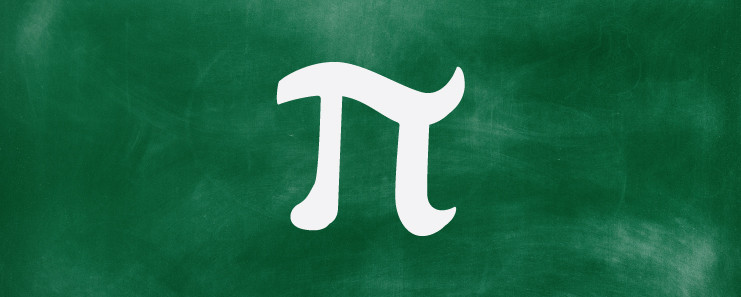
Journey of Pi
The concept of Pi in India is pegged to the Sulva Sutra, around 8,000 years ago. Pi was deciphered by the Kerala school of mathematics in 1350 CE. Pi, as a mathematical concept, travelled from India along with other aspects of trigonometry and calculus needed for navigation along the many millennia since.
360 degrees in a circle
Ancient Indians understood that a circle can be best represented as a shape with 360 degrees for it comes closest to the natural circle in the cosmos.
A verse from the Rig Veda (hymn 164) explains this: it was observed that in roughly 30 days, the sun traversed from one rashi (zodiac sign) to another. With 12 rashis traversed in 30 days each, it took the sun 12x30 = 360 days to traverse the entire rashi chakra. Thus, the entire rashi chakra came to be divided into 360 units or degrees
When the Indian way of calculating travelled to Arabia, the bija (seed) got translated as jaba, jabir, jabr, perhaps due to the opposite direction of reading followed in the Arabic script. This body of knowledge and the word jabr, out of reverence, came to be called Al Jaba, Al standing for anything holy. And from there into Algebra.
The material has been sourced from @bharathgyan. This research team, led by a passionate husband-wife duo - Dr. DK Hari and Dr. Hema Hari, unearth some of India’s untold stories and make them contemporary. You can click here to buy any of their books on Indian civilization.

